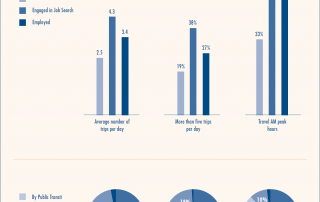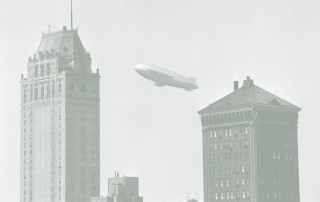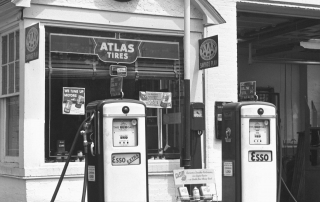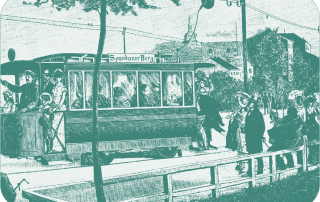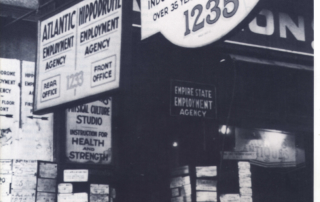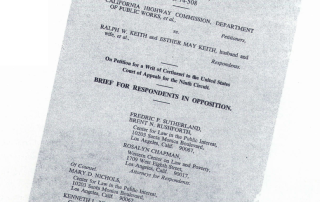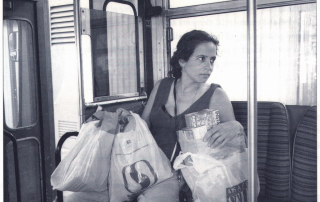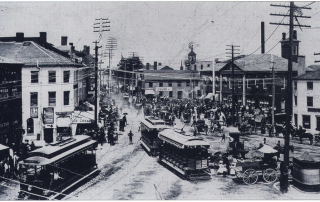THE ACCESS ALMANAC: Travel Patterns Among Welfare Recipients
Paul Ong and Douglas Houston
Welfare reform ended America’s public assistance program as we knew it, transforming it from an income-entitlement program to an employment-assistance program. Following its enactment, welfare rolls dropped by more than half, from about 12 million in 1994 to just over 5 million in late 2001. Fortunately, the majority of those who left public assistance found work. Nevertheless, welfare reform still faces a large, and largely unrecognized, problem.

